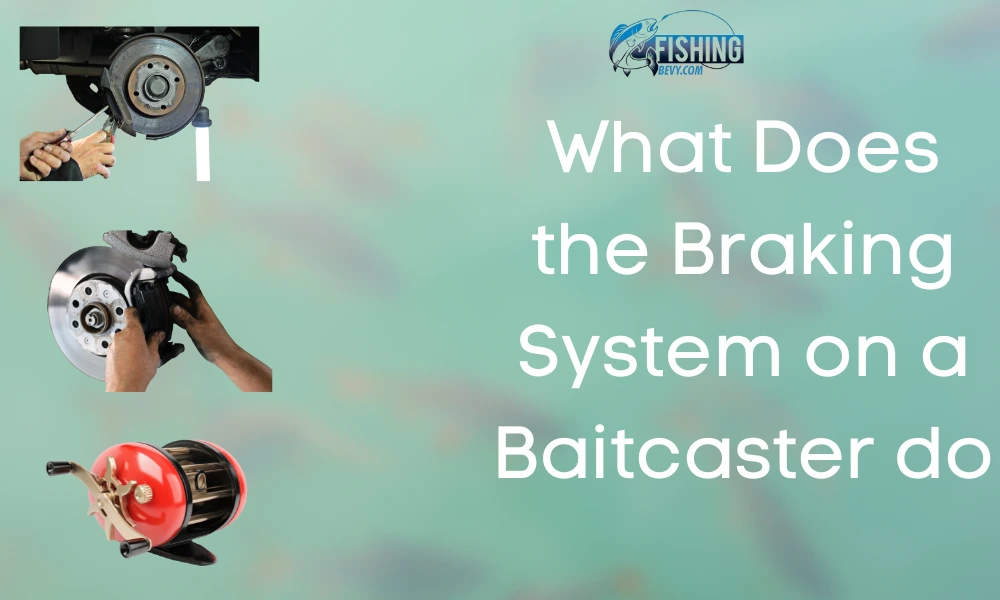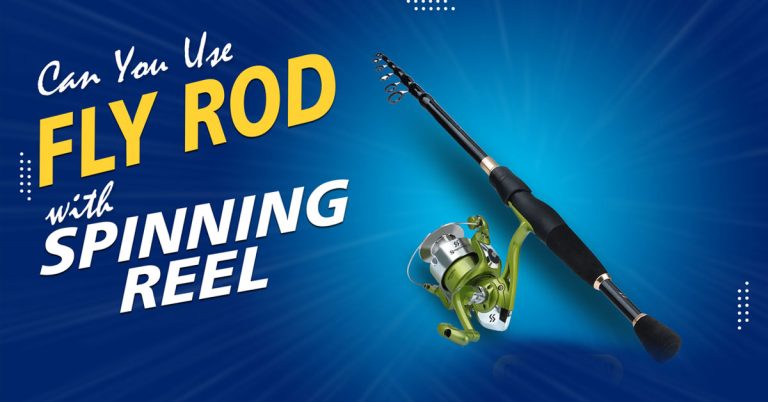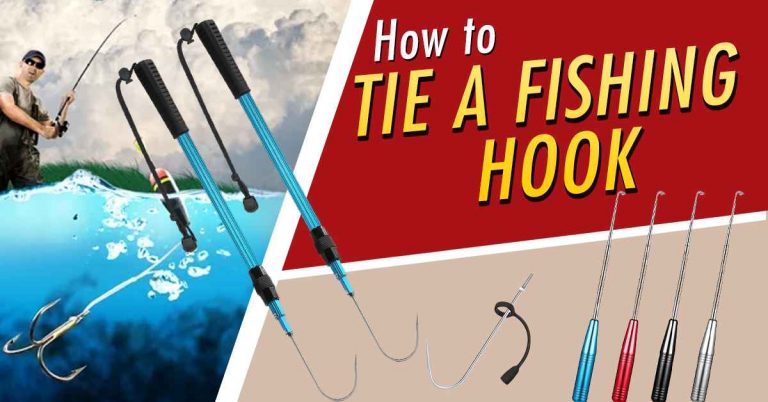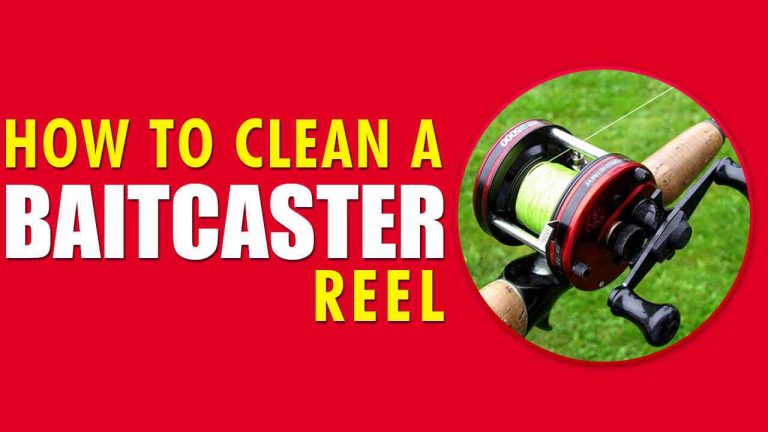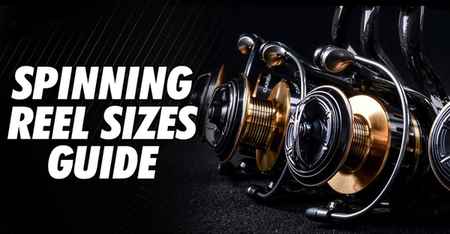What Does the Braking System on a Baitcaster do [A Complete Guide]
Are you wondering what the braking system on a baitcaster actually does? If you’re an avid angler or someone interested in baitcasting reels, understanding the role and functionality of the braking system is essential for maximizing your casting performance.
In this article, we’ll delve into the world of baitcasting braking systems and explore their primary function, the importance of controlling spool rotation speed, and the impact of backlashes on casting accuracy and distance.
Let’s get started.
Also Read: best budget baitcaster reel for beginners
The Role of the Braking System and its Impact on Accuracy and Distance
The braking system on a baitcaster serves a crucial role in ensuring smooth and controlled casting performance. Its primary function is to regulate the speed of the spool rotation, preventing excessive spinning that can lead to spool overruns or backlashes.
Let’s proceed to explore the significance of the braking system and its impact on casting accuracy and distance.
Controlling the spool rotation speed is of utmost importance in baitcasting. The braking system achieves this by applying varying degrees of resistance to the spool during casting. By limiting the speed, it prevents the line from leaving the spool too quickly and causing backlashes—a tangled mess of line that can be frustrating to unravel.
Backlashes not only disturb the angler’s experience but also affect casting accuracy and distance. When a backlash occurs, the spool loses control, causing the line to tangle and interrupting the smooth flow of the cast. This leads to loss of accuracy, as the line may not reach the intended target, and a reduction occurs in casting distance.
To mitigate these issues, the braking system allows anglers to adjust the level of resistance according to various factors such as lure weight, line type, and casting technique. Fine-tuning the braking system helps in achieving the optimal balance between control and distance, resulting in accurate and long-distance casts.
By mastering the use of the braking system, anglers can enhance their overall fishing performance, minimize frustrations caused by backlashes, and improve their chances of success on the water.
Also Read: Best Baitcaster for Money
Types of Braking Systems
There are three main types of braking systems: magnetic braking, centrifugal braking, and hybrid braking. Let’s take a closer look at each of them.
Magnetic Braking System
The magnetic braking system relies on the power of magnets to regulate the spool’s rotation speed.
Magnetic braking systems work by placing magnets strategically near the spool inside the reel. When the spool rotates, it creates eddy currents in the magnets, which generate resistance, slowing down the spool’s rotation.
One of the great advantages of magnetic braking systems is the ability to adjust the distance between the magnets and the spool. Anglers can increase or decrease this distance to fine-tune the braking force according to their casting preferences and the prevailing conditions.
Additionally, Magnetic braking systems offer several benefits, including smooth and consistent control that helps minimize backlashes. They are also highly versatile and suitable for a wide range of lure weights and casting techniques. However, it’s important to consider some limitations. External factors like temperature and wind can affect their effectiveness.
Furthermore, compared to other braking systems, magnetic systems may have some limitations in achieving maximum casting distance. Despite these considerations, magnetic braking systems remain a popular choice for anglers seeking reliable control and flexibility in their baitcasting reels.
Also Read: how to clean a baitcasting fishing reel
Centrifugal Braking System
Centrifugal braking systems operate using brake blocks or pins located inside the side plate of the reel. When the spool rotates rapidly, the centrifugal force pushes these brake blocks outward, causing them to make contact with the spool and create friction. This friction effectively slows down the rotation of the spool.
Anglers can utilize the power of centrifugal force to regulate the speed of the spool by adjusting the braking force in centrifugal systems. By manipulating the number of brake blocks that are engaged, they can achieve the desired effect. Engaging more brake blocks increases resistance, which slows down the spool, while using fewer blocks reduces resistance, allowing for faster spool rotation.
Depending on the specific casting conditions, such as the presence of headwinds or the weight of the lure, anglers can customize the braking system by adjusting the number of brake blocks they engage. This flexibility empowers them to have better control over their casts and optimize their overall casting performance. By fine-tuning the number of brake blocks, anglers can adapt to different situations, ensuring optimal results and enhancing their angling experience.
Hybrid Braking Systems
Hybrid braking systems combine the best of both worlds by integrating both magnetic and centrifugal braking mechanisms. Here are some key features:
Hybrid braking systems combine the benefits of both magnetic and centrifugal braking mechanisms. They incorporate both magnetic and centrifugal components, allowing anglers to take advantage of the strengths of both systems.
The integration of magnetic and centrifugal elements in hybrid braking systems provides enhanced control over the braking force. Anglers can fine-tune the braking system according to specific casting conditions, lure weights, and personal preferences. This results in improved versatility on the water, as anglers can adapt their baitcaster to various fishing scenarios.
Many reputable baitcaster manufacturers offer models equipped with hybrid braking systems. These reels are highly popular among anglers seeking precise control, versatility, and the ability to adapt to different fishing situations. Anglers appreciate the benefits of hybrid braking systems, as they provide the optimal balance between control, adaptability, and performance on the water.
Understanding the different types of braking systems empowers anglers to choose the baitcaster that best suits their needs and preferences. Whether it’s the smoothness and adjustability of magnetic systems, the reliance on centrifugal force in centrifugal systems, or the enhanced control and versatility of hybrid systems, the braking system plays a crucial role in ensuring successful and pleasant fishing experiences. Each type of braking system offers unique advantages and considerations, allowing anglers to tailor their reel’s performance to their specific needs.
Whether you prefer the precision and versatility of a magnetic braking system, the adaptability and control of a centrifugal braking system, or the combined benefits of a hybrid braking system, understanding the workings of these mechanisms is crucial to maximizing your casting efficiency and minimizing potential issues like backlashes.
By having the ability to adjust the braking force, anglers can fine-tune their baitcaster to match different casting conditions and lure weights. This level of control ensures that the spool rotation speed is properly regulated, reducing the chances of spool overruns, commonly known as “backlash.” Backlashes can negatively impact casting accuracy and distance, often resulting in tangled lines and frustration.
The choice of braking system ultimately depends on personal preference, fishing style, and the specific conditions you’ll be facing on the water. Consider factors such as wind speed, lure weight, and casting distance requirements when selecting the ideal braking system for your baitcaster.
Whether you’re a seasoned angler or just starting, understanding the role and functionality of the braking system is essential. It allows you to make informed decisions when selecting a baitcasting reel, ensuring a more pleasant and successful fishing experience.
Setting and Adjusting the Braking System [Enhancing Your Baitcaster’s Performance]
The braking system of a baitcaster reel plays a vital role in achieving optimal casting performance. To unlock its full potential, it’s important to properly set up and adjust the braking system. Here’s a step-by-step guide to help you get started:
Understanding the Basics: Familiarize yourself with the components of your baitcaster’s braking system. This includes the brake adjustment dial, brake blocks, or magnets.
Lure Weight Consideration: Adjust the braking system based on the weight of the lure you intend to use. Heavier lures generally require more braking force to prevent backlashes, while lighter lures may need less.
Line Type Influence: Different lines have varying levels of friction against the reel’s spool. Thicker lines create more resistance, affecting spool rotation. Adjust the braking system accordingly to accommodate the line type you’re using.
Casting Technique Adaptation: Your casting technique also plays a role in determining the optimal braking settings. Experiment with different adjustments to find the sweet spot that complements your casting style.
Read More: best baitcaster for saltwater fishing
Common Troubleshooting Scenarios and their Solutions to overcome braking system issues
Backlashes: If you experience backlashes, it could be due to inadequate braking force. Increase the braking pressure by engaging more brake blocks or tightening the magnetic dial.
Limited Casting Distance: Insufficient spool rotation speed may limit your casting distance. Consider reducing the braking force by disengaging brake blocks or loosening the magnetic dial.
Uneven Line Lay: If your line is not evenly distributed on the spool, it may result in tangles and reduced casting performance. Adjust the braking system to ensure smooth and consistent line lay.
Remember to make incremental adjustments and test your reel’s performance after each modification. Fine-tuning the braking system takes practice and patience, but once you find the perfect balance, you’ll enjoy improved casting accuracy and distance.
In conclusion, understanding how to set up and adjust your baitcaster’s braking system is essential for optimizing its performance. By considering factors such as lure weight, line type, and casting technique, you can fine-tune the braking force to suit your specific needs.
Troubleshooting common issues and implementing the appropriate solutions will ensure smooth and successful fishing experiences. So, take the time to master your baitcaster’s braking system, and let it unlock the full potential of your angling adventures.
Advanced Techniques for Braking System Optimization [Elevate Your Casting Performance]
When it comes to baitcasting reels, mastering the art of braking system optimization can take your casting performance to new heights. By fine-tuning the braking system to specific fishing situations and employing advanced casting techniques, you can maximize both casting distance and accuracy.
Here are some expert tips to help you make the most of your baitcaster:
Tailored Adjustments: Understand that different fishing situations call for different braking settings. For instance, when using heavier lures or fishing in windy conditions, increasing the braking force can help mitigate the effects of wind resistance and maintain better control over your casts.
Precision Casting Techniques: Advanced casting techniques, such as the “pendulum cast” or “pitching and flipping,” rely on utilizing the braking system to achieve exceptional accuracy and distance. Experiment with adjusting the braking force to match the requirements of each technique and fine-tune it as you gain experience.
Lure Presentation Enhancement: The braking system also plays a crucial role in optimizing lure presentation. By adjusting the braking force, you can control the spool’s rotation speed and achieve a more natural and enticing lure action, enticing even the most finicky fish to strike.
Practice and Adaptation: Remember, mastering the braking system requires practice and adaptation. Spend time experimenting with different settings and techniques to find the sweet spot that works best for you. As you become more familiar with your baitcaster, you’ll develop a nuanced understanding of how the braking system influences your casting performance.
By utilizing these advanced techniques, you can harness the full potential of your baitcaster’s braking system. With careful adjustments, precise casting techniques, and a keen eye for lure presentation, you’ll experience improved casting distance, enhanced accuracy, and increased success on the water.
Conclusion
In conclusion, understanding the braking system on a baitcaster is crucial for maximizing your casting performance. The braking system regulates the spool’s rotation speed, preventing backlashes and ensuring accurate and long-distance casts.
as we discussed above, there are three types of braking systems: magnetic, centrifugal, and hybrid. Choose the system that suits your preferences and fishing conditions. By fine-tuning the braking force, you can optimize your casts and enhance your angling skills.
Advanced techniques, such as tailored adjustments and precise casting, further improve your performance. Mastering the braking system unlocks the full potential of your baitcaster and leads to smoother, controlled casts and increased success on the water.

